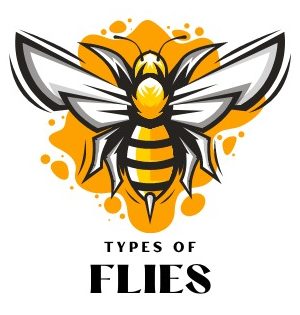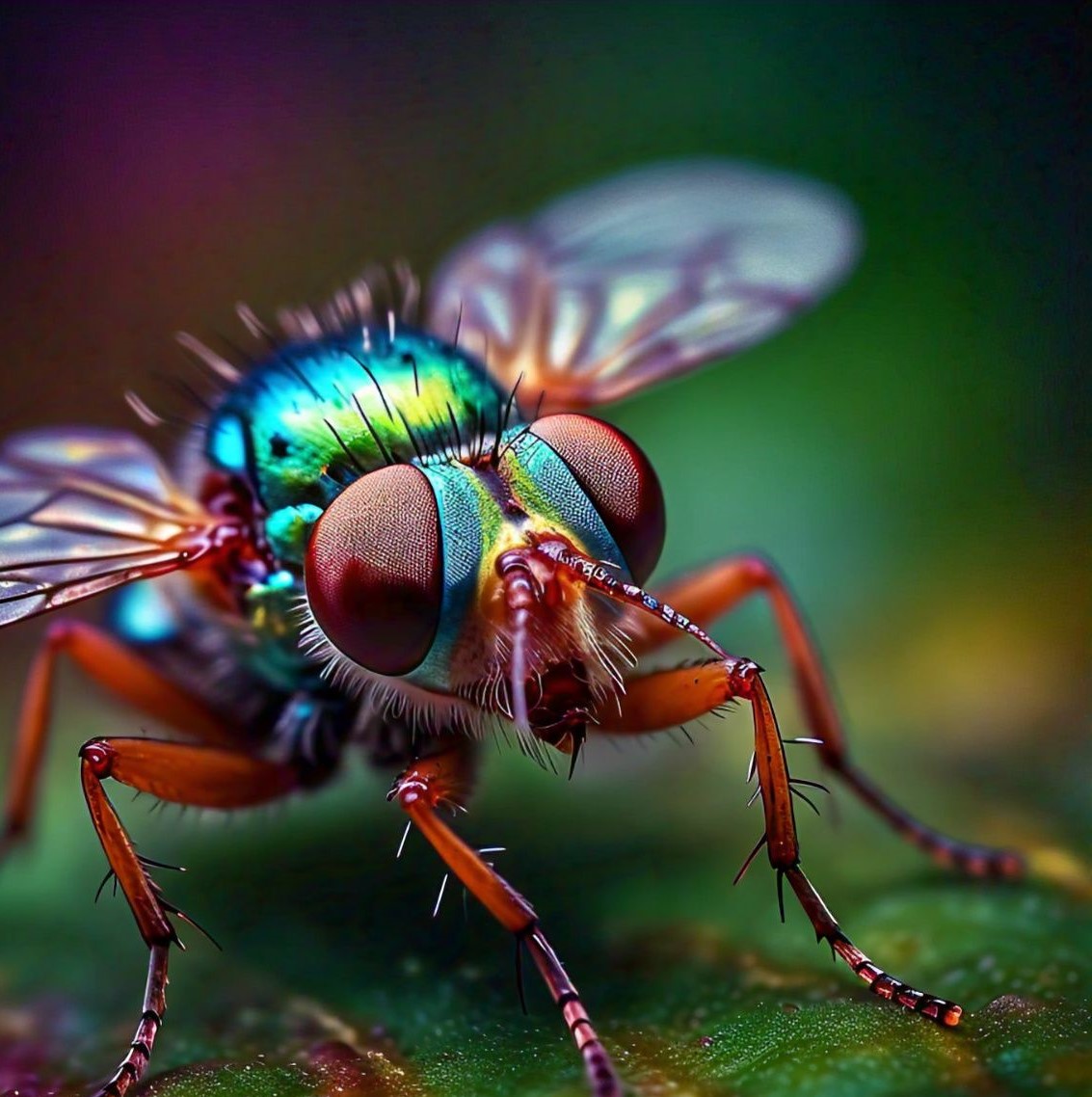Fruit fly cultures are an essential resource for a variety of scientific research, pet feeding, and educational purposes. Whether you’re a beginner or an experienced enthusiast, understanding how to start, maintain, and maximize the lifespan of your fruit fly cultures is crucial. In this guide, we’ll cover everything you need to know, from choosing the best fruit fly culture kit to understanding the differences between flightless and wingless fruit fly cultures.
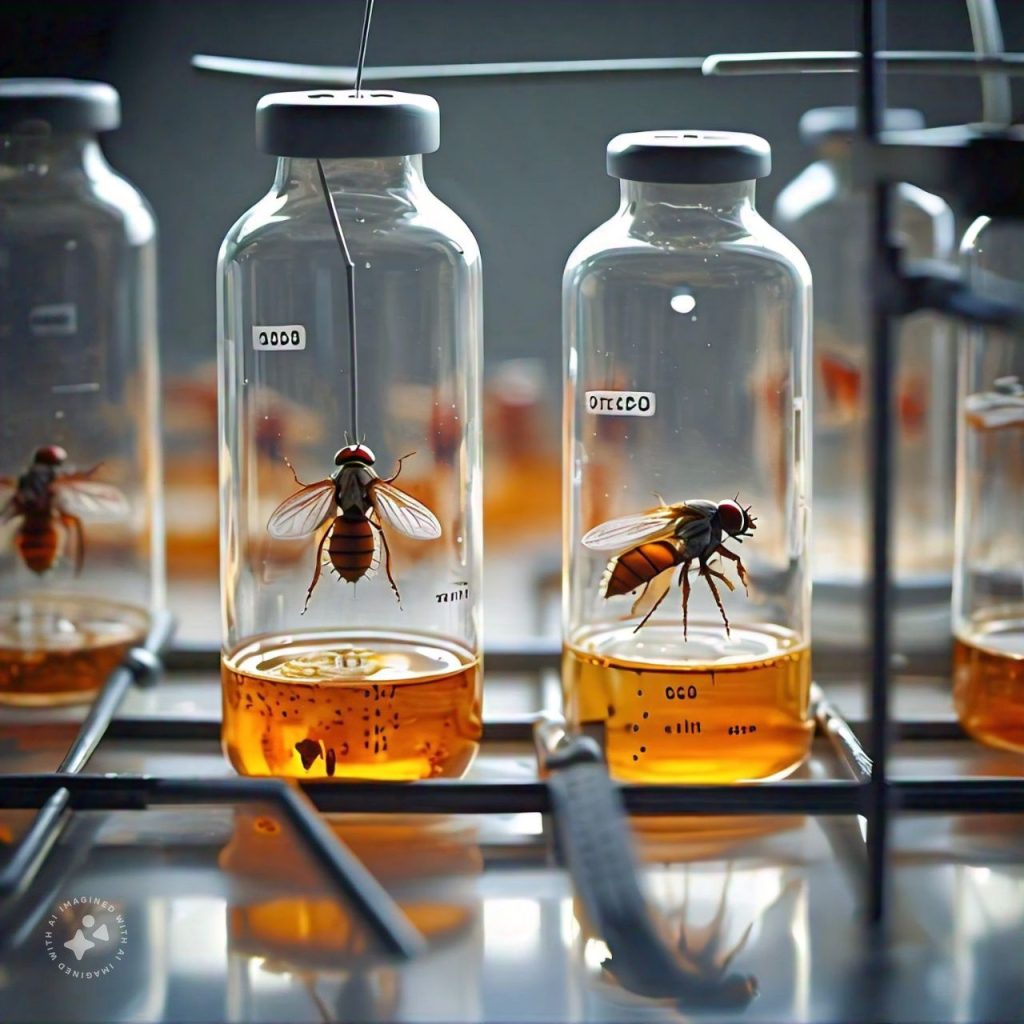
What Are Fruit Fly Cultures?
Fruit fly cultures are a controlled environment where fruit flies, particularly species like Drosophila melanogaster and Drosophila hydei, are bred and maintained. These cultures are commonly used in genetic research, as a food source for dart frogs and other insectivores, and in educational settings to demonstrate biological processes.
Why Use Fruit Fly Cultures?
Fruit fly cultures provide a reliable and convenient source of food for small reptiles, amphibians, and other insect-eating pets. For scientists, they offer a controllable system to study genetics, behavior, and evolution. Unlike other insects, fruit flies reproduce quickly and in large numbers, making them ideal for these purposes.
Choosing the Right Fruit Fly Culture Kit
When starting your own fruit fly culture, selecting the right kit is essential. A good fruit fly culture kit should include everything you need to start and maintain your cultures, including a container, food media, and instructions. Kits are available for different types of fruit flies, such as flightless fruit flies and wingless fruit flies.
For beginners, a basic fruit fly culture kit with Drosophila melanogaster is often recommended due to their ease of care and fast reproduction rates. If you’re feeding dart frogs or other small animals, flightless or wingless varieties might be more suitable to prevent escapees.
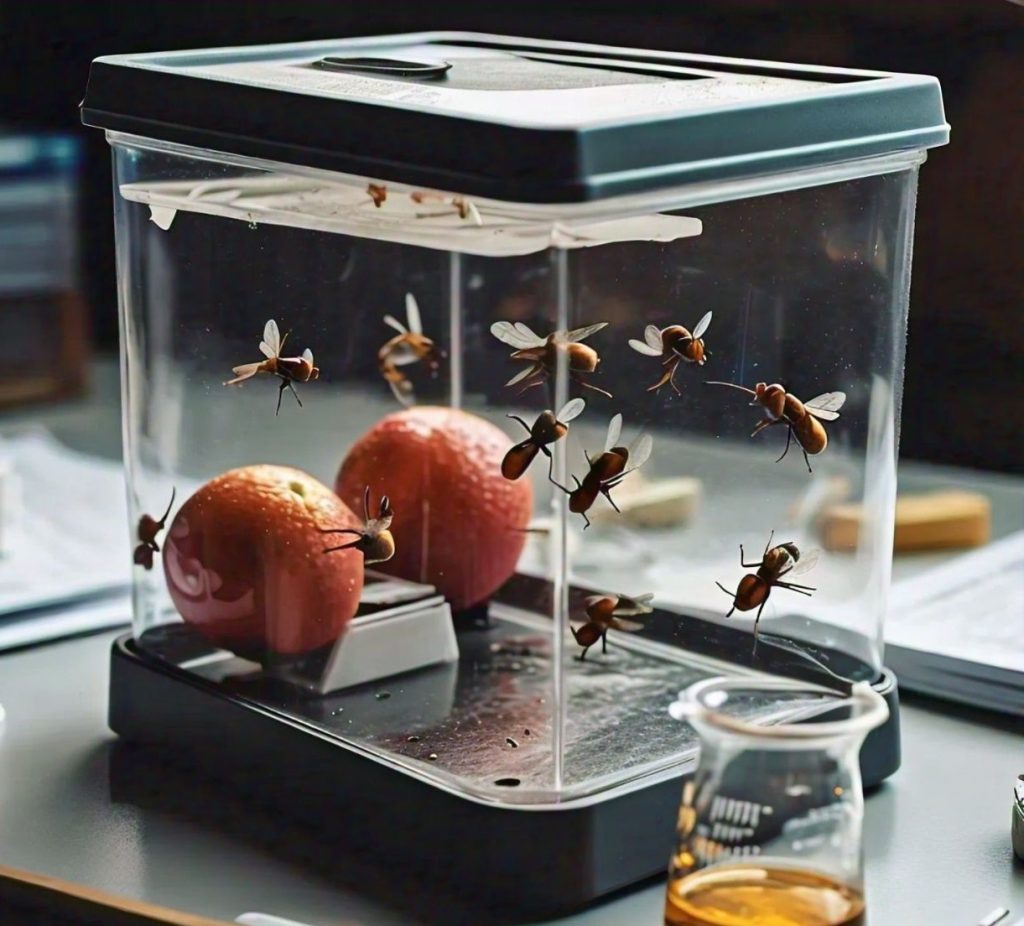
How to Make and Maintain Fruit Fly Cultures
Creating your own fruit fly culture can be a cost-effective and rewarding process. Here’s a step-by-step guide:
- Prepare the Media: The first step is preparing the culture media. You can use a fruit fly culture media recipe or purchase pre-made media. The media is usually a mixture of water, sugar, yeast, and agar. This provides the necessary nutrients for the flies to thrive.
- Add the Flies: Once your media is ready, introduce a small number of fruit flies to the container. It’s important to use the correct species, such as Drosophila melanogaster or Drosophila hydei, depending on your needs.
- Cover and Store: Secure the culture container with a breathable cover to prevent flies from escaping while allowing air circulation. Store the culture at a temperature of around 22-25°C (72-77°F) in a well-lit area, but out of direct sunlight.
- Maintenance: Keep an eye on your cultures daily. Ensure the media stays moist but not too wet. Replace the culture every few weeks or when it becomes overcrowded or contaminated.
How Long Do Fruit Fly Cultures Last?
The lifespan of a fruit fly culture depends on several factors, including the species used, the quality of the media, and the environment. Typically, a well-maintained culture of Drosophila melanogaster can last up to 4 weeks. However, this can vary, and it’s always a good idea to start a new culture every 2-3 weeks to ensure a continuous supply.
If you notice a decline in the number of flies or the media drying out, it may be time to replace the culture. The key to extending the lifespan of your cultures is maintaining the right conditions and avoiding contamination.
Flightless vs. Wingless Fruit Fly Cultures
When choosing fruit fly cultures, you may come across terms like flightless and wingless. These refer to the genetic mutations in the flies that prevent them from flying. Flightless fruit flies have wings but cannot fly due to a genetic mutation affecting their flight muscles. Wingless fruit flies lack wings altogether.
Flightless varieties are commonly used for feeding pets, as they are easier to manage. Wingless varieties are less common but can be used in similar applications. Both types are suitable for feeding dart frogs and other insectivores, as well as for educational purposes.
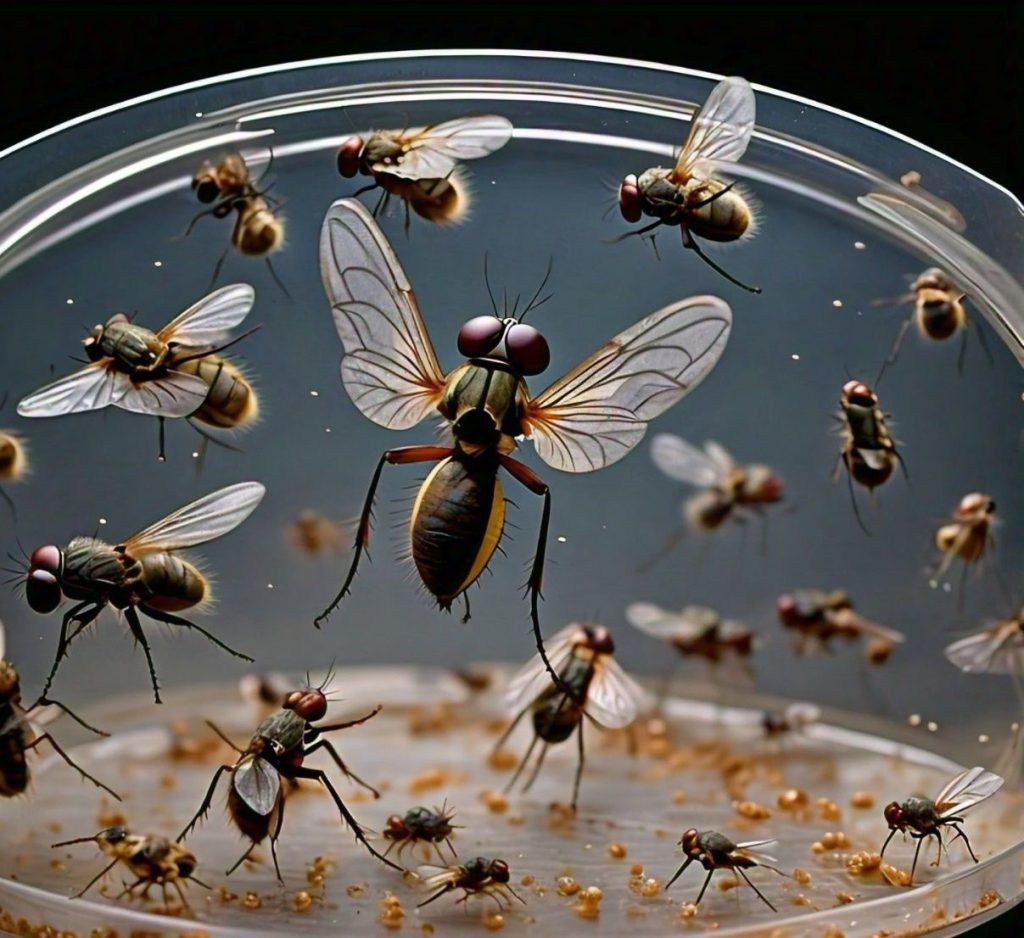
Best Practices for Fruit Fly Culture Care
Caring for fruit fly cultures is relatively simple, but there are a few best practices to ensure success:
- Avoid Contamination: Always handle your cultures with clean hands and tools to avoid introducing mold or bacteria.
- Keep Cultures Moist: Ensure the media doesn’t dry out by adding a few drops of water if necessary.
- Separate New Cultures: When starting a new culture, use flies from different generations to prevent genetic bottlenecks.
- Monitor Temperature: Keep your cultures at a stable temperature to promote healthy fly development.
Where to Buy Fruit Fly Cultures for Sale
If you prefer not to make your own cultures, there are many online retailers offering fruit fly cultures for sale. Look for reputable suppliers that offer fresh, high-quality cultures. When purchasing, consider the species, the type of media used, and the shipping conditions.
For those new to this, buying a freshly started culture can save time and effort. Drosophila melanogaster and Drosophila hydei are among the most popular choices, with options for both flightless and wingless varieties.
Conclusion
Whether you’re a pet owner, educator, or researcher, fruit fly cultures are an invaluable resource. By choosing the right kit, following proper care guidelines, and understanding the different types of fruit flies available, you can maintain healthy and productive cultures. With the right approach, your fruit fly cultures can provide a consistent supply of flies for feeding or research, ensuring your needs are met with minimal effort.
